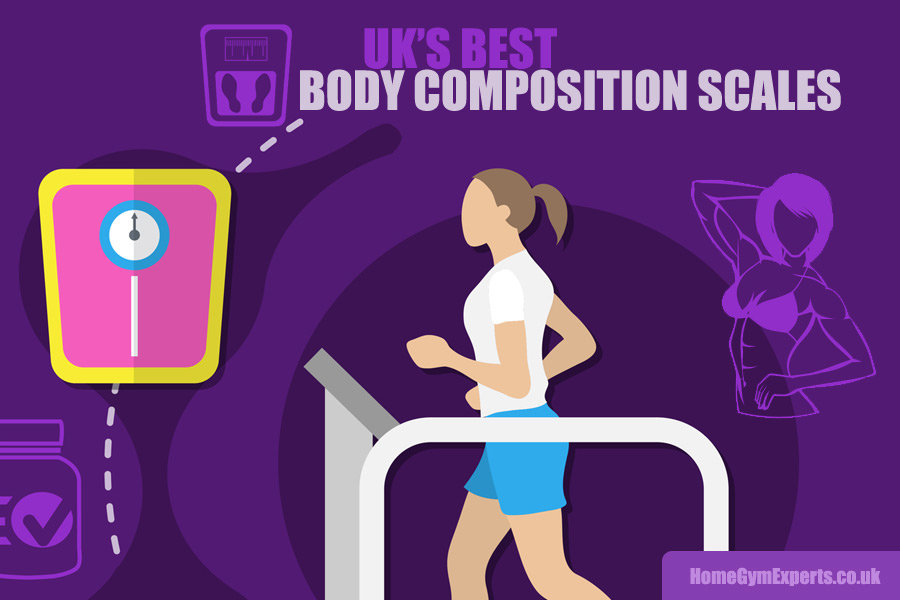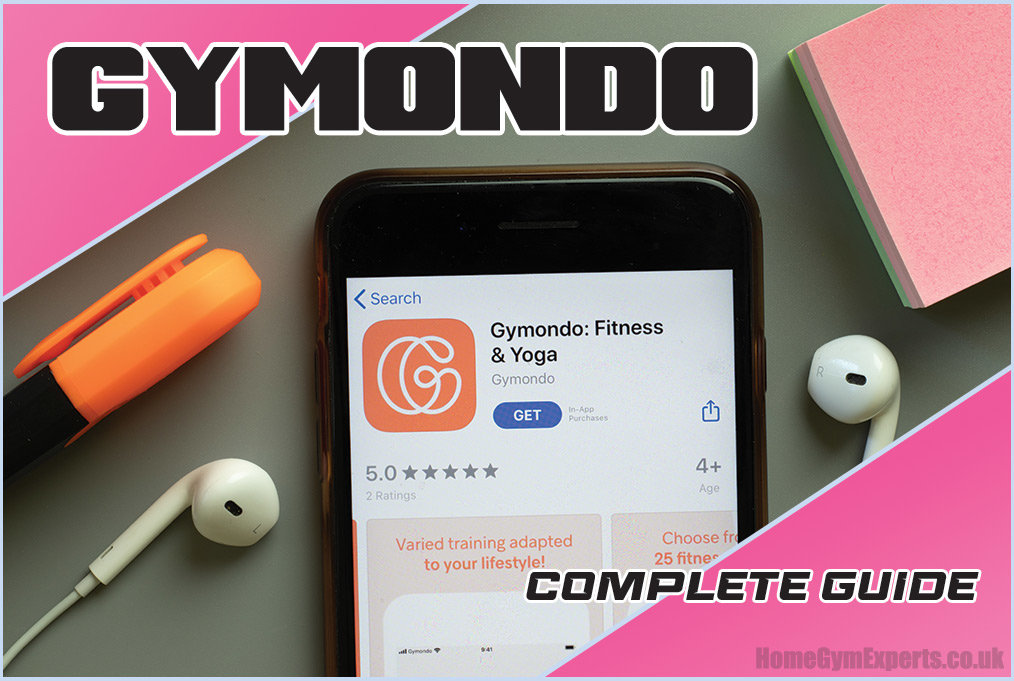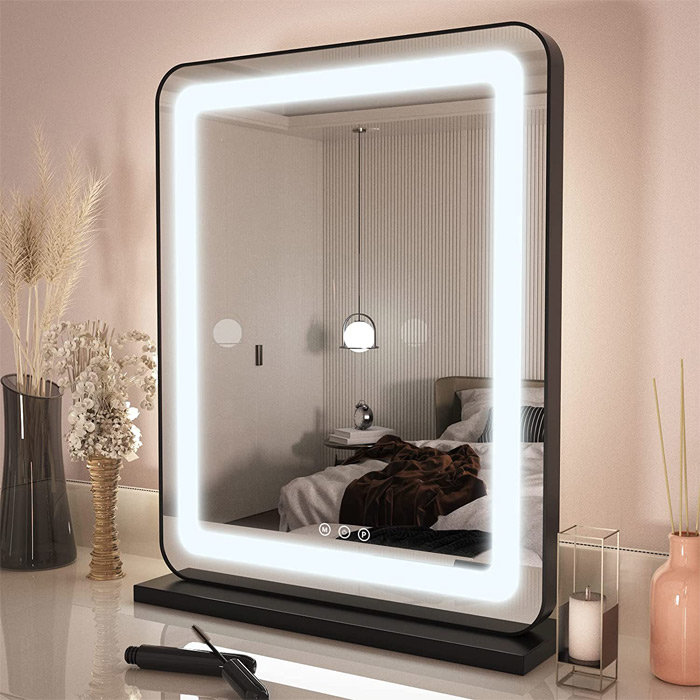
Almost everything in your house can be upgraded to a ‘smart’ version of its analogue self. From smart fridges that detect when you are running low on milk, to smart washing machines that adjust water usage to the weight of your laundry, advancements in technology are being applied throughout the home.
The latest smart gadget that has caught our eye is a smart mirror. Mirrors have been since around 4000BC, so you might well wonder what a smart mirror actually does. After all, as long as you can see yourself and the lighting is decent, what else could you possibly need from a mirror?
Smart mirrors’ functions go way beyond that of a standard looking glass. They are effectively a reflective screen that allows the user to do life admin tasks (e.g. check the weather forecast, calendar management, time); watch videos and live tv; receive news updates; and use virtual reality to try-on clothes and accessories and otherwise alter their appearance. Smart mirrors can also tap into the network of things, so you can receive notifications from other gadgets and respond through your mirror and have Bluetooth capacity.
While these extra functions are impressive, are they useful? Or has the smart mirror over-complicated the standard mirror? In this post, we are going to examine some points of note, beginning with the ability to use a smart mirror to workout.
Workout function
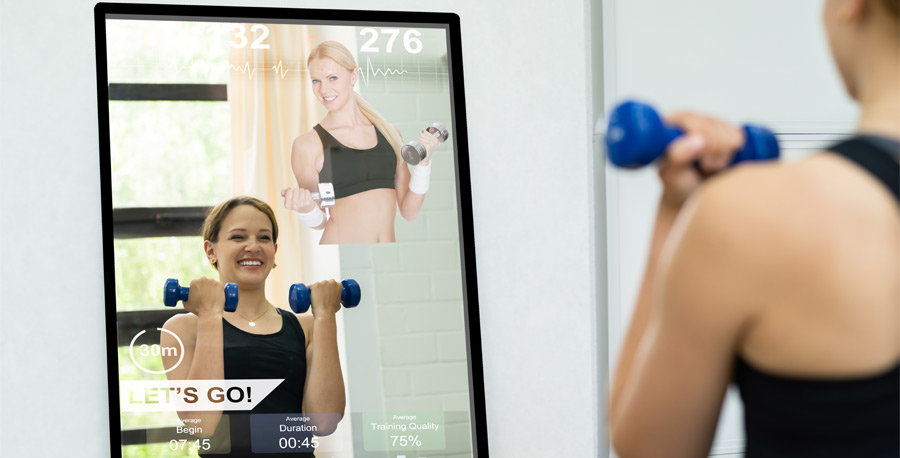
The smart mirror feature that most caught our eye is that which allows the user to engage in an interactive workout, either with a virtual coach or a real person. This is usually facilitated by a third-party provider. For example, linking to your online gym or video calling your fitness instructor from your smart mirror. Smart mirrors can also link to fitness wearables and display real-time data, so you can see your heart rate as your train and time your intervals.
As high-tech as having a coach inside your mirror sounds, the actual workout is no different to that you would do through an online fitness class or in an online coaching session. What matters most is that you show up and perform the sets, reach for the heavier weights and smash your workout. Nothing about working out using a smart mirror changes this formula. For this reason, even though the smart mirror sounds futuristic and innovative, we are doubtful that it will deliver tangible fitness benefits.
Workout function II
Another thing to consider is whether fitness services delivered through a smart mirror are accessed through a third-party provider or are tied to the device. Some fitness companies have their own brand of mirrors with a focus on fitness functions. This can be useful if you are not attached to a particular gym or personal trainer. Cross-compatibility may, however, be reduced, so buying a mirror from a fitness brand could prevent you from swapping fitness providers in the future.
As an example, if you buy a Fitbit tracker, you are locked into using the Fitbit app. You cannot subscribe to Apple Fitness and sync this to your Fitbit tracker. This inability to switch leaves you vulnerable to future price changes and declines in service. This is an especially important consideration for smart mirrors because the lifespan of the device is much longer than an activity tracker, which we might change after 2-3 years. Given the cost, which we turn to next, you will want to get at least 5 years out of a smart mirror, so being locked into one fitness provider is risky.
Price

As with any gadget, the price of a smart mirror reflects the technology and quality. More basic models are limited in their capacity and may not have a camera, thus meaning that you will not be able to access VR features. These models start from a few hundred pounds. If you are planning to use a basic smart mirror to exercise, then you would be better off buying a device to turn your tv into a smart tv.
If you want access to a full range of features, including interactive fitness features, then the price will increase…a lot! Whether it is worth the cost is debatable and probably depends on your own needs. As we have already mentioned, smart mirrors do not confer any unique benefits, so potentially the money would be better spent on new fitness equipment or on a personal trainer.
Privacy
Smart mirrors use facial and voice recognition technology to tailor the user experience. This in itself is not a cause for concern, as many other devices do the same. However, given that these features require cameras and mics to function and that smart mirrors are usually put in private rooms (bedrooms or bathrooms), there is clearly a security risk. No one wants to unwittingly expose themselves – literally! – to a hacker.
There are ways to reduce the risk of this happening, such as only accessing the internet through a password-protected closed network and by installing security software on your device. You can also password protect your mirror, in the same way you do your phone, to further prevent strangers from being able to access your device.
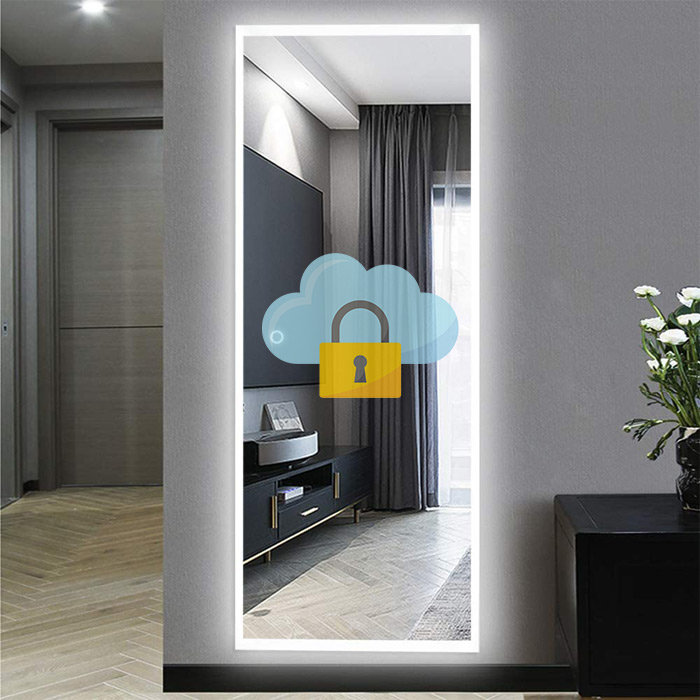
Our verdict
Only you know whether a smart mirror would be right for you. From our perspective, the high cost is not sufficiently justified by the workout benefits. We would rather spend the money (actually, less money) on upgrading to a smart tv or buying new fitness equipment. If you are really into FitTech and find that it helps to motivate you, then you might see value in having this futuristic device in your home.


